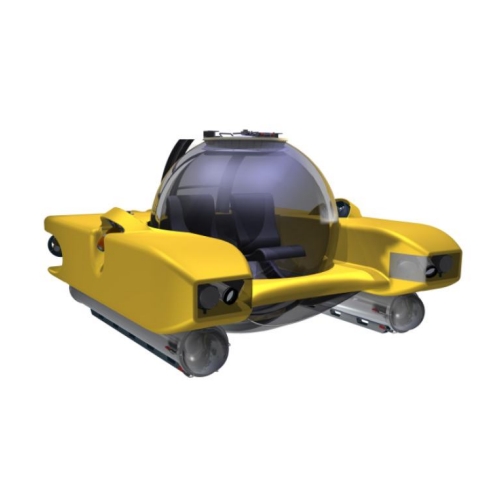|
|
The history of acrylic - By Alternative Plastics LtdIt’s 1893: French chemist Charles Moureu has just discovered acrylonitrile. He doesn’t know what to do with it, nor that his name will be forever linked with the modern phenomenon that is acrylic.
Formed by dry or wet spinning of the acrylonitrile, acrylic textiles were being manufactured by 1950, and – being resistant to bobbling, soft to touch and colour-fast – are still popular today in various forms. Acrylic textiles are often made to mimic wool or cashmere, without the same drawbacks.
In the US, researchers at DuPont were also investigating uses of the polymethyl methacrylate. Its ability to contain and direct light made it the perfect choice for fibre-optic instruments. DuPont increased the applications for this type of acrylic when they turned it into hard-wearing, water-resistant acrylic paints and ink, today used by many industrial firms. |
Case Studies   Last month we helped one of our customers with a project to build a submarine sphere. Our customer had cast the acrylic sphere in two halves but asked us to structurally bond the two halves together. More... As part of a Sheffield City refurbishment scheme, we were asked to structurally bond eight massive acrylic beams 5400mm long and 150mm thick, in the town hall square. More... |
|
0
Your Basket
All items selected from our product lists will be added here
You may request a quote or enquire about products or services not listed |
 By 2001, more than 4 million tonnes of acrylonitrile (a petrochemical) were being produced all over the world. But when Moureu made his discovery public, it was quite a while before acrylonitrile was put to use in the first synthetic rubbers. The World War slowed down progress even more, and it wasn’t until a few years later that scientists started finding new applications for this acrylic fibre. And when it came to applications, it seemed that the possibilities were endless.
By 2001, more than 4 million tonnes of acrylonitrile (a petrochemical) were being produced all over the world. But when Moureu made his discovery public, it was quite a while before acrylonitrile was put to use in the first synthetic rubbers. The World War slowed down progress even more, and it wasn’t until a few years later that scientists started finding new applications for this acrylic fibre. And when it came to applications, it seemed that the possibilities were endless. Polymethyl Methacrylate was one of the earliest commercially produced acrylic substances – an acrylic glass substitute. Created by Otto Rohm and Otto Haas, this ‘acrylic glass’ – they called it Plexiglass – was used to great effect in military bomber planes and aeroplane canopies. Acrylic is typically lighter and stronger than glass, and because it can be melted to join or weld it, it’s a good choice for glass constructions. Today it is used for everything from aquariums to helmet visors, and bullet-proofing to car body panels.
Polymethyl Methacrylate was one of the earliest commercially produced acrylic substances – an acrylic glass substitute. Created by Otto Rohm and Otto Haas, this ‘acrylic glass’ – they called it Plexiglass – was used to great effect in military bomber planes and aeroplane canopies. Acrylic is typically lighter and stronger than glass, and because it can be melted to join or weld it, it’s a good choice for glass constructions. Today it is used for everything from aquariums to helmet visors, and bullet-proofing to car body panels.